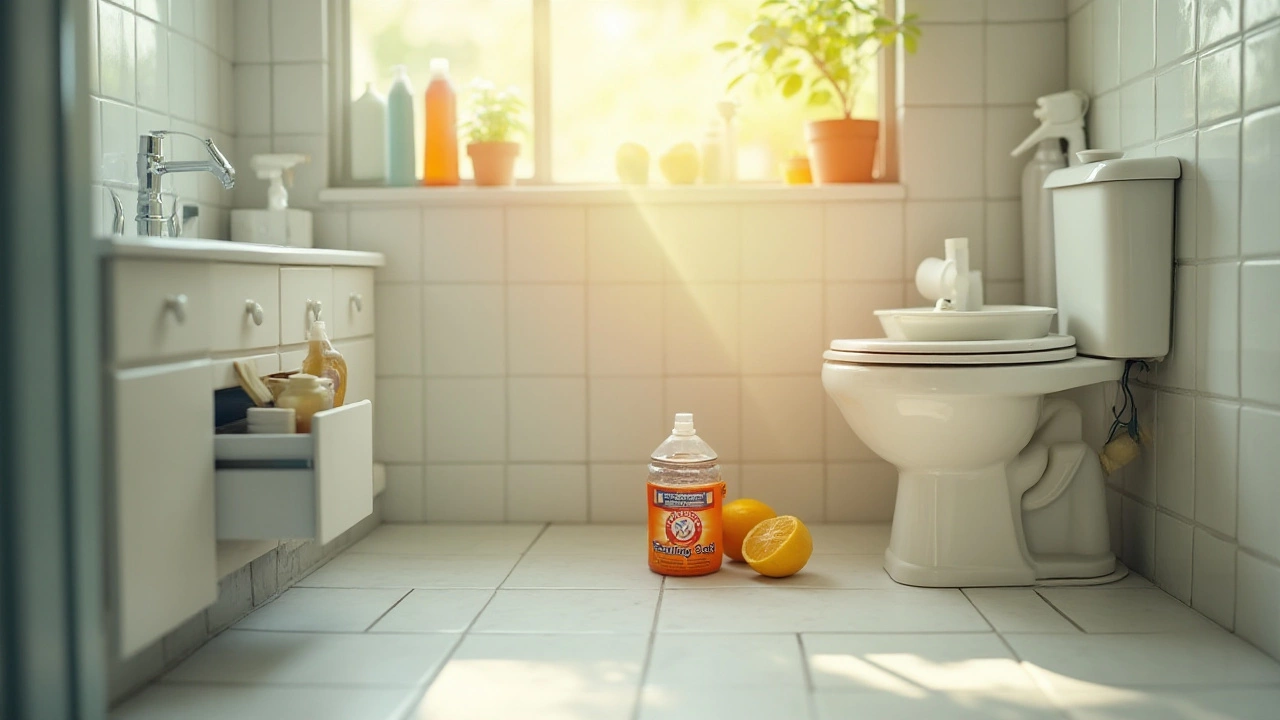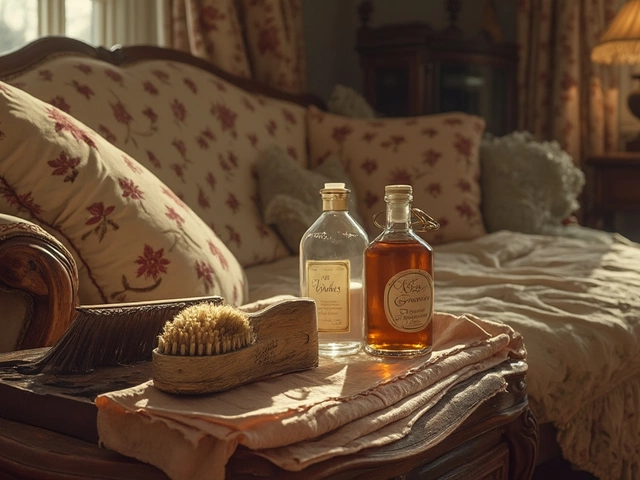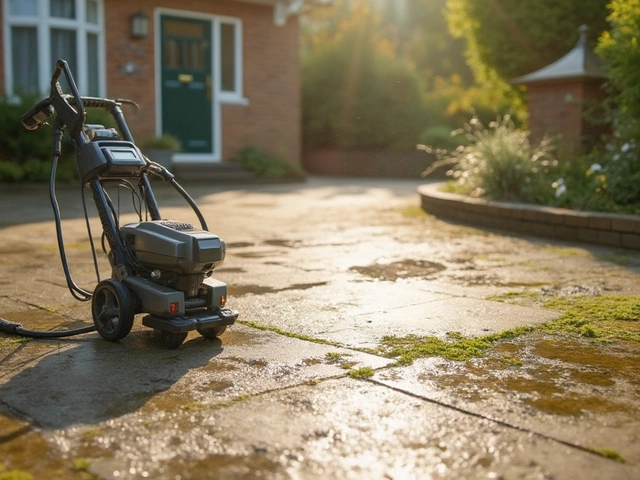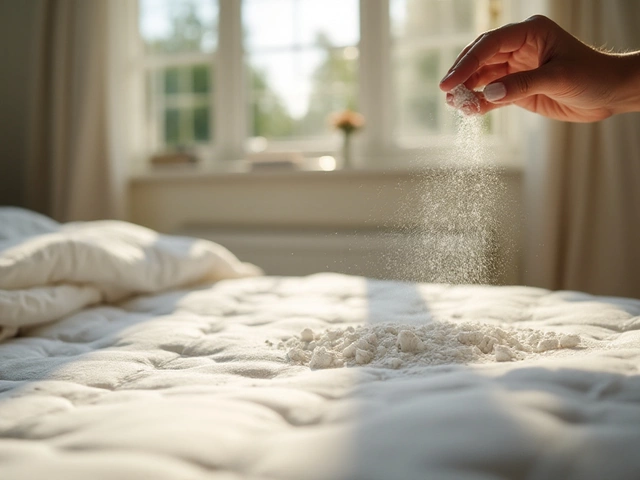Clean Bathroom Tips: Simple, Eco-Friendly Ways to Keep Your Bathroom Spotless
When you’re looking for clean bathroom tips practical ideas that make a bathroom shine without harsh chemicals, you’re actually tackling a few key challenges. Limescale mineral deposits that build up on taps, showerheads and tiles is one, hard water stains cloudy rings left by mineral‑rich water are another, and mold fungal growth that thrives in damp corners rounds out the list. Clean bathroom tips encompass limescale removal, hard‑water stain elimination, and mold prevention, while also stressing eco‑friendly cleaning methods that keep both your home and the planet healthier.
Why Limescale and Hard Water Matter
Both limescale and hard‑water stains are symptoms of hard water, which contains calcium and magnesium. The entity "hard water" causes mineral buildup on surfaces, reduces shine, and can damage fixtures over time. A simple vinegar‑water mix or a citric‑acid solution cuts through these deposits in minutes, restoring sparkle without abrasive scrubbing. For grout lines, a paste of baking soda and lemon juice works like a gentle abrasive that lifts grime while staying safe for the sealant. These DIY approaches echo the eco‑friendly cleaning trend we see across many home‑care topics, from oven cleaning to window care.
Looking beyond the surface, mold thrives where moisture lingers—think around the bathtub, under the sink, or behind the toilet base. Regular ventilation, a quick squeegee after each shower, and a weekly wipe‑down with a diluted tea‑tree oil spray keep spores at bay. Tea‑tree oil is a natural antifungal that fits right into the eco‑friendly cleaning toolbox. Pair it with a microfiber cloth to trap spores instead of spreading them, and you’ve got a low‑cost, low‑chemical solution that protects both health and finishes.
Another often‑overlooked part of bathroom upkeep is tile and grout maintenance. Over time, grout can become porous, inviting mildew and grime. A solution of hydrogen peroxide and baking soda works wonders: it lifts stains, whitens grout, and avoids harsh bleach. Follow up with a sealant to lock in the clean and reduce future staining. This step mirrors the grout‑care advice we give for kitchen backsplashes, showing how bathroom and kitchen cleaning share common ground.
When you combine these tactics—vinegar for limescale, tea‑tree oil for mold, baking‑soda paste for grout—you create a holistic cleaning routine that’s both effective and sustainable. Each component addresses a specific entity while contributing to the broader goal of a fresh, hygienic bathroom. The synergy between these methods is why many homeowners report longer‑lasting results and fewer repeat cleanings.
Beyond the basics, think about the tools that make the job easier. A good-quality squeegee cuts down water spots on glass doors, a soft‑bristled brush reaches tight corners, and a spray bottle lets you pre‑treat tough spots before they set. These tools are the same ones recommended for window cleaning and pressure washing, reinforcing the idea that a well‑equipped cleaning kit pays off across the whole house.
In the collection below you’ll find step‑by‑step guides, DIY recipes, and pro tips that dive deeper into each of these areas. Whether you’re battling stubborn limescale, aiming for a mold‑free shower, or simply want to adopt greener cleaning habits, the articles ahead give you the know‑how to turn a routine clean into a lasting shine.





